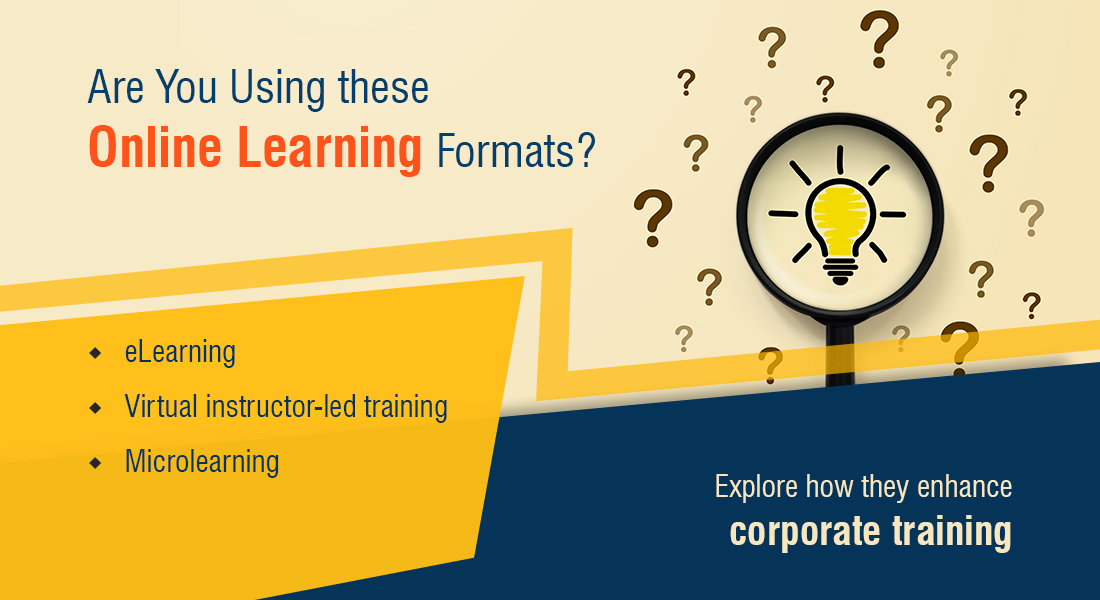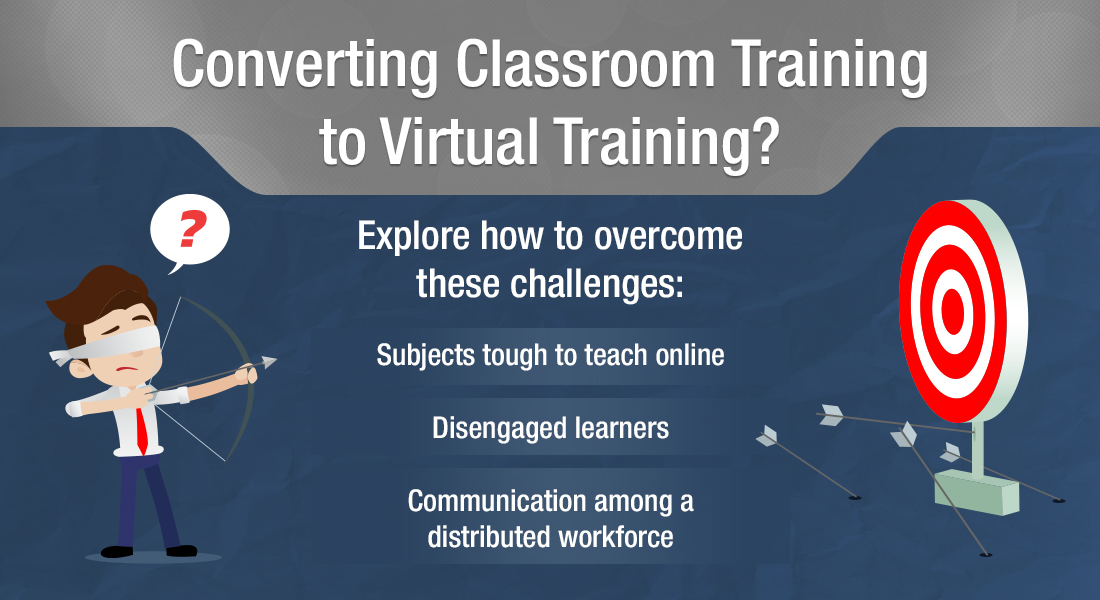How Interactive Modules Make Compliance Training Stick?
Dreading compliance training? Interactive modules can make it engaging & effective! Learn how scenarios, simulations & gamification boost learning.

C ompliance training. Those two words can evoke groans from both employees and L&D professionals alike. While crucial for any organization, traditional compliance training often suffers from being dry, passive, and forgettable. This begs the question: how can we ensure employees retain this critical information in a way that's engaging and effective? The answer lies in interactive compliance training modules. This blog has the answer.
What is Compliance Training and Why Does it Matter?
Compliance training educates employees on regulations, policies, and ethical practices relevant to their roles. It safeguards the organization from legal repercussions, fosters a culture of integrity, and protects employees' well-being. Non-compliance can have serious consequences for companies, including hefty fines, legal repercussions, and reputational damage.
What are the Challenges Associated with Traditional Compliance Training?
However, traditional compliance training often falls short. Lectures, manuals, and checklists can be dry, passive experiences that fail to truly engage learners. This leads to:
- Poor Knowledge Retention: Information overload and passive learning formats (lectures, manuals) make it difficult for employees to retain key compliance knowledge.
- Disengagement and Inattentiveness: Traditional training methods lead to boredom and hinder overall effectiveness. Employees struggle to stay focused and motivated.
- Inconsistent Application: Lack of practice and reinforcement makes it difficult for employees to apply compliance principles in real-world situations.
- Relevance Disconnect: Employees may not see the connection between compliance and their everyday work, leading to a lack of motivation.
- Time Constraints: Busy schedules make it challenging for employees to dedicate significant time to traditional training methods.

Enter Interactive Compliance Training Modules!!!
How Interactive Modules Make Compliance Training Stick?
Interactive compliance training modules are a game-changer. They replace passive learning with engaging activities, transforming compliance training from a chore into an active experience. Here's how:
- Variety is the Spice of Learning: No more one-size-fits-all lectures! Interactive modules offer a diverse range of activities, including:
- Simulations: Imagine being placed in a realistic workplace scenario, like facing a potential harassment situation. These simulations allow employees to practice applying their compliance knowledge and make ethical choices in a safe, virtual environment.

- Scenarios: Branching storylines present employees with different situations and require them to make decisions based on compliance regulations. This not only tests their knowledge but also encourages critical thinking.
- Quizzes & Gamification: Interactive quizzes with immediate feedback keep learners engaged and reinforce key concepts. Gamification elements like points, badges, and leaderboards add a competitive edge, making learning even more enjoyable.
- Simulations: Imagine being placed in a realistic workplace scenario, like facing a potential harassment situation. These simulations allow employees to practice applying their compliance knowledge and make ethical choices in a safe, virtual environment.
- From Theory to Practice: One of the biggest challenges with traditional compliance training is the disconnect between theory and practice. Interactive modules bridge this gap by allowing employees to apply their knowledge to real-world scenarios. This hands-on approach promotes deeper understanding and builds confidence in applying compliance principles in everyday situations.
- Feedback on the Fly: Interactive modules provide immediate feedback on learner choices and responses. This allows employees to correct misunderstandings and solidify their knowledge in real-time, leading to better long-term retention.
By incorporating these elements, interactive compliance training modules create a more engaging and impactful learning experience.
→ Download Now: Customer Training with Interactive eLearning [FREE Case Study]
What are Some Interactive Strategies to Boost Compliance Training Engagement?
Interactive modules leverage the power of "learning through play" by incorporating several engaging strategies:
- Scenarios: These modules go beyond simple text-based presentations. Employees are placed in realistic workplace situations, complete with characters and dialogue. They must analyze the situation, make ethical decisions, and apply compliance regulations and company policies. This active participation fosters critical thinking and problem-solving skills, making the learning process more engaging and memorable.
- Simulations: Imagine being thrust into a virtual world where you can practice your compliance skills in a safe, controlled environment. Interactive simulations provide this immersive experience, allowing employees to test their knowledge and decision-making abilities in real-world scenarios. For example, a simulation might involve responding to a potential phishing attempt or handling a sexual harassment complaint. By experiencing the consequences of their choices virtually, employees gain valuable insights and confidence to handle similar situations in the real world.
- Gamification: Learning shouldn't feel like a chore. Interactive modules leverage the power of gamification by incorporating game mechanics like points, badges, leaderboards, and even challenges. These elements create a sense of friendly competition and accomplishment, motivating employees to actively participate and strive for mastery. Imagine earning a "Compliance Champion" badge for consistently making ethical choices in various scenarios. Gamification not only boosts engagement but also reinforces key learning objectives.
- Microlearning: Traditional training often bombards employees with information overload. Interactive microlearning modules break down compliance topics into bite-sized, easily digestible chunks called microlearning modules. Learners can access these modules at their convenience, allowing for flexible and efficient training. Furthermore, microlearning modules often incorporate interactive elements like quizzes and games, keeping learners engaged and focused throughout the training.
- Social Learning: Learning doesn't have to be a solitary experience. Interactive modules can incorporate social learning elements by allowing employees to collaborate and share knowledge with peers. This can be achieved through discussion forums, leaderboards that promote friendly competition, or even team-based simulations. Social learning fosters a sense of community and encourages employees to learn from each other's experiences, creating a more well-rounded understanding of compliance.
7 Key Strategies to Develop Impactful Interactive eLearning [Video]
The Takeaway
Interactive compliance training modules are no longer a "nice-to-have" but a "need-to-have" for any organization serious about effective compliance training. By embracing interactivity, organizations can turn compliance training into a positive experience that fosters a culture of ethics and empowers employees to make informed decisions.
Want to see the power of interactive eLearning in action? Download our FREE case study, "Customer Training with Interactive eLearning," and discover how a company like yours transformed their customer onboarding process. Get inspired today!





